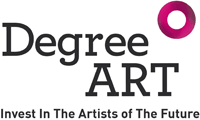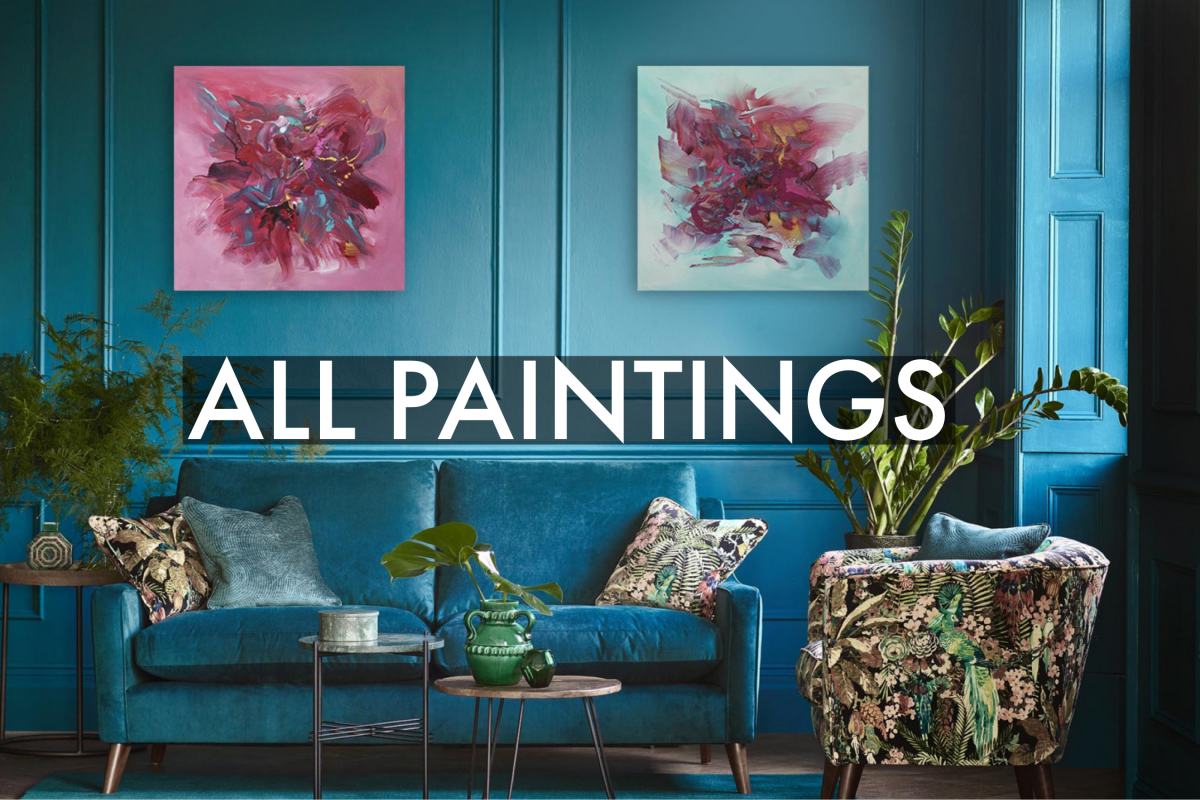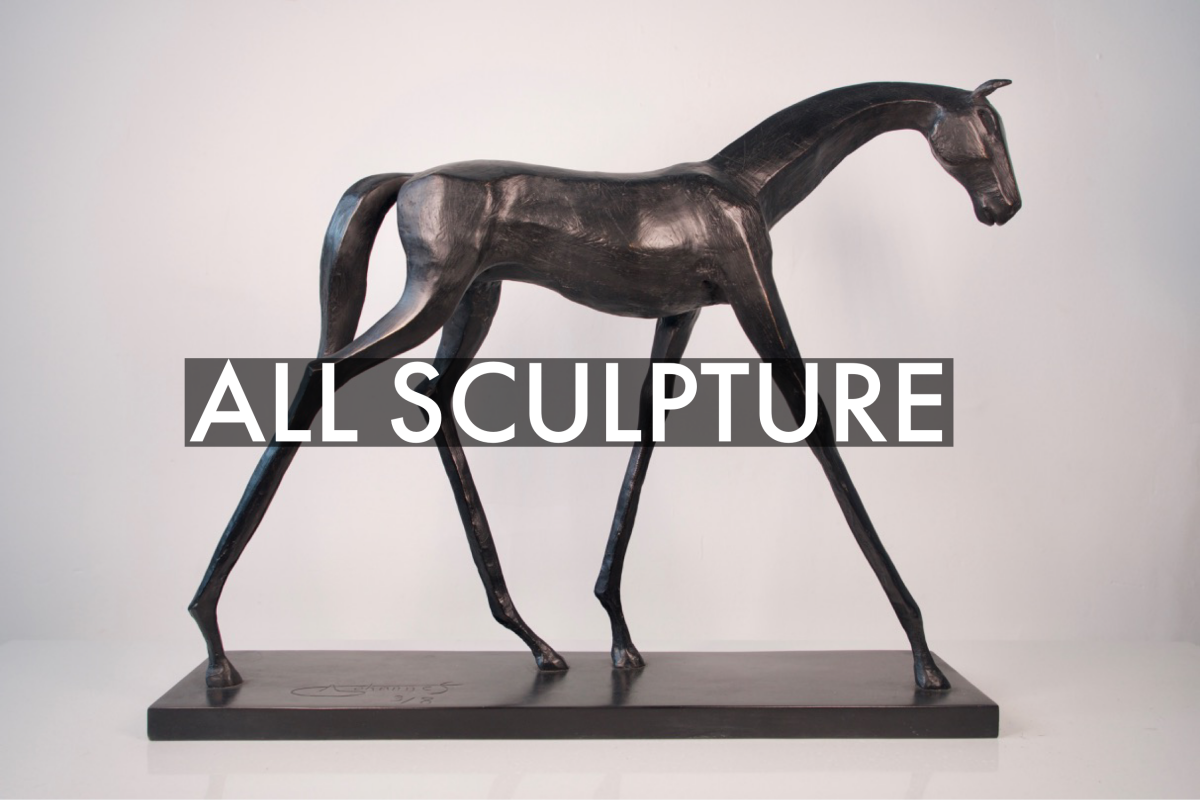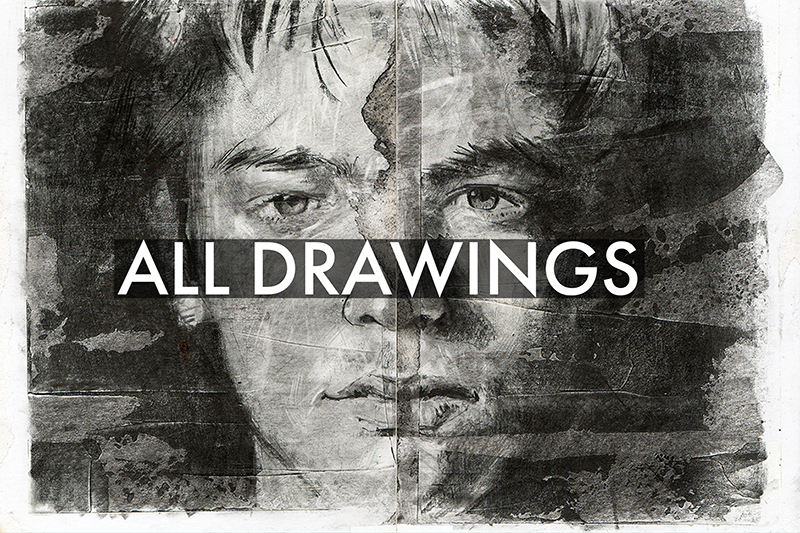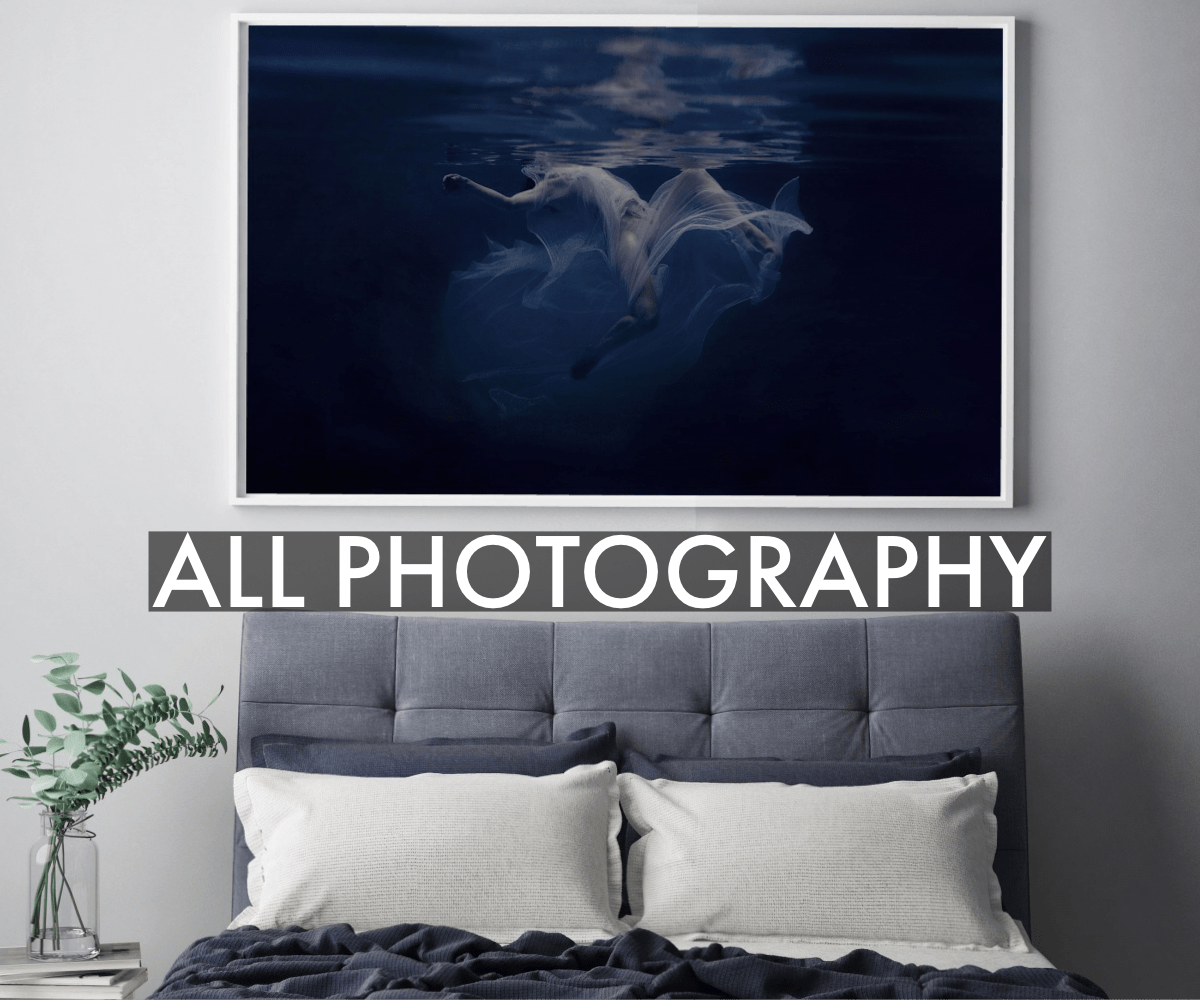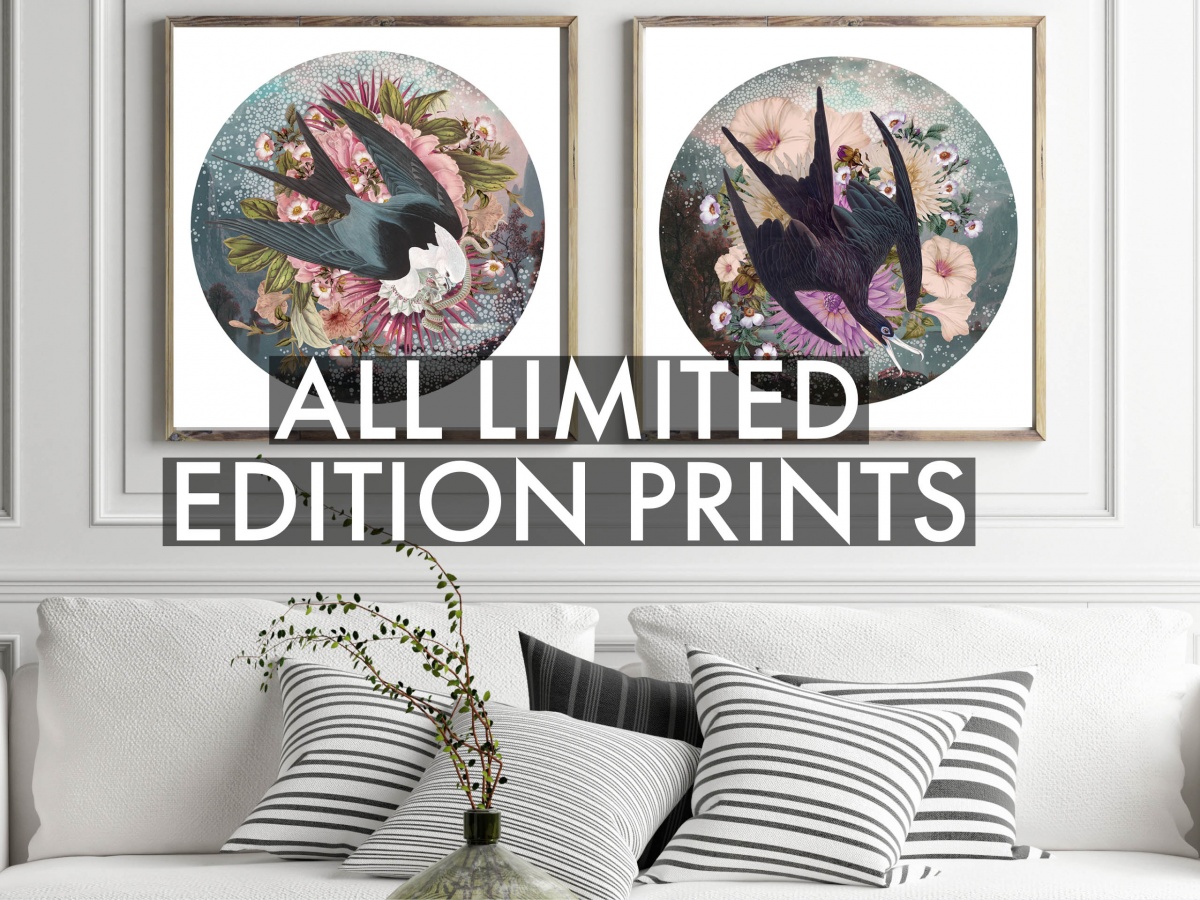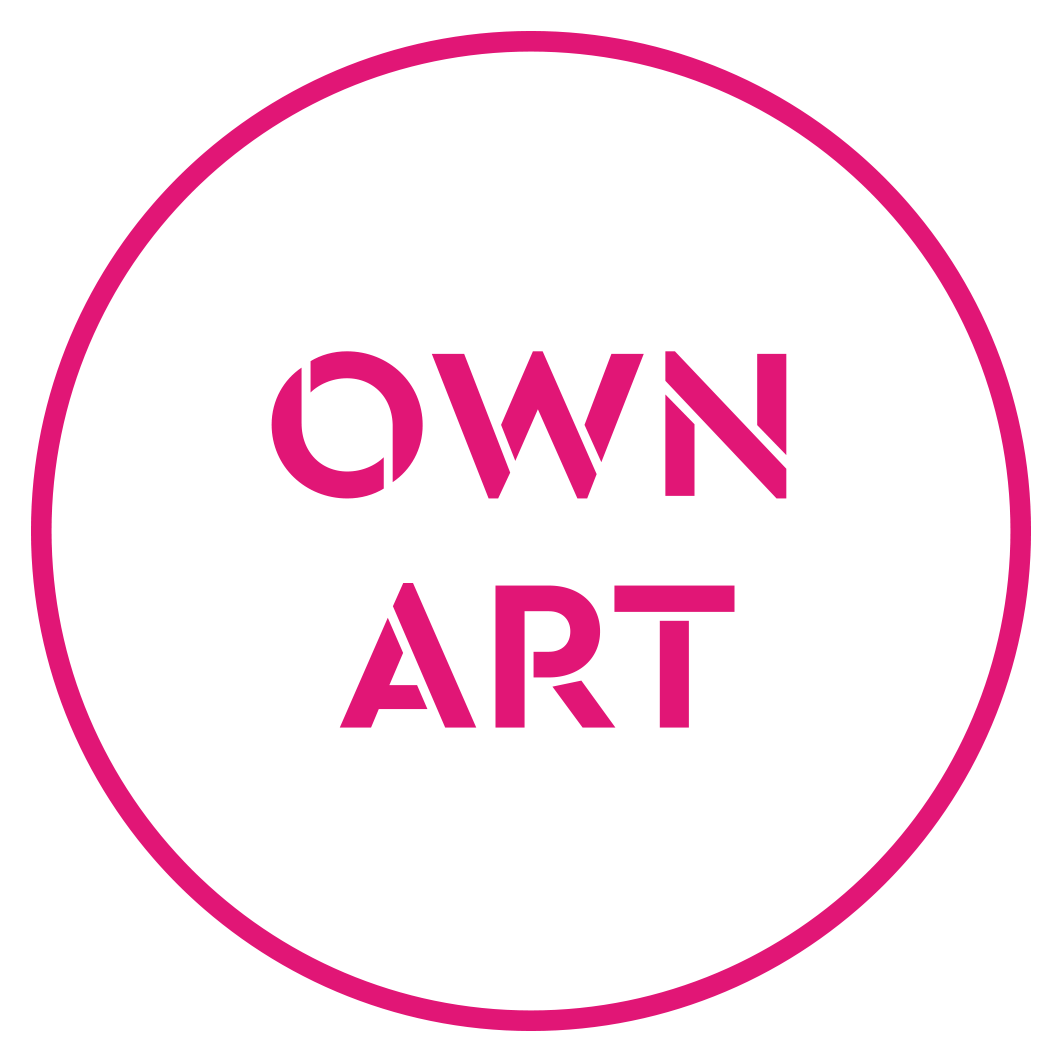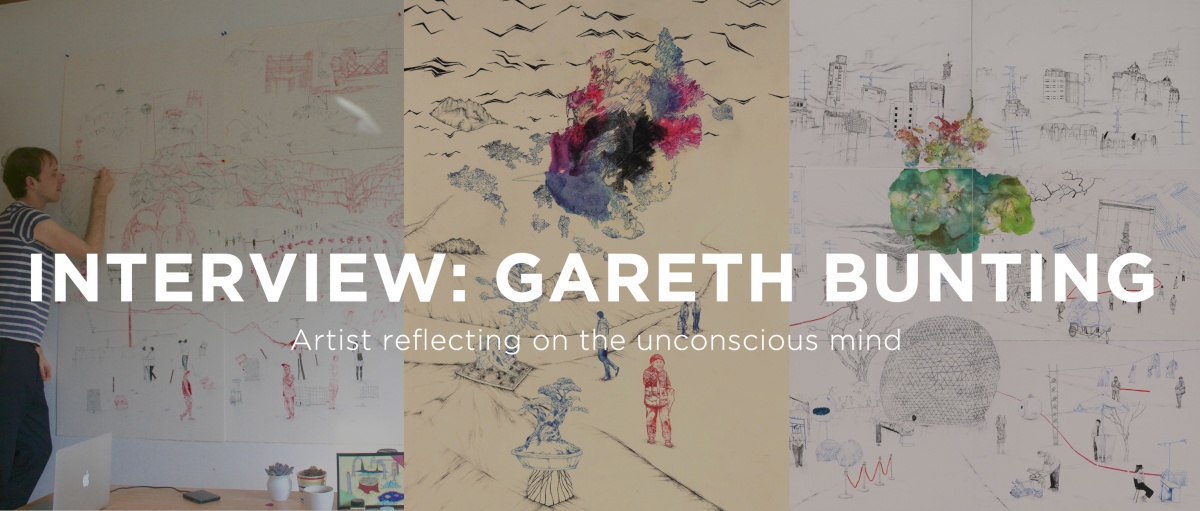
We chatted with Gareth Bunting about the inspiration behind his epic surrealist drawings.
1) Which art movement do you consider most influential on your practice?
A difficult question, all of them at the same time. If I really had to choose I might say Surrealism. I think art should be other-worldly, and I like the idea of art reflecting the unconscious mind.
2) Where do you go and when to make your best art?
Traveling is a big theme in my work. Somehow I have my best ideas when I’m moving. I keep lots of sketchbooks, make notes, take photos and interact with local people and artists. I get constant inspiration from the places around me. When I arrive home, or at an artist residency, or anywhere I can stay still for a while I am at my most productive. I am happiest just sat at home listening to music, drinking lots of tea and drawing.
3) How do you describe your 'creative process'?
I find that I have lots of different styles and ways of working which all feed into one another, and compliment one another and build up into one unique style. I am always in pursuit of some kind of discovery, I like the idea of an old-fashioned artist using drawing to learn about anatomy, or the solar system, or as a tool to communicate important ideas to the masses. I work like an abstract painter, and mix paint, inks and occasionally different chemicals together, to investigate the world of fractal patterns, their relationships with everything, and their way of connecting everything together at all scales. I draw into them, and find that I am almost learning a visual language. I combine this chaos with a lot of order, and carefully draw narrative landscapes from memory which investigate spaces and places, political and environmental issues, as well as pondering my own existence and its place in the world, I see my works as landscape portraits which document their time. I also find that working digitally, writing, travelling, making music and whatever else I do all somehow combines and builds up my practice as a whole.
4) Which artist, living or deceased, is the greatest inspiration to you?
It’s a toss up between two, Bosch and Hogarth. The influences are obvious, I love Bosch’s dreamlike, nightmarish landscapes, and his brilliant use of symbolism and imagination. I also love Hogarth’s mark making style, his storytelling abilities in single static images. I feel it is the duty of the artist to document their era, and life around them, and Hogarth did this wonderfully, with a kind of humour coming through the darkness. I look for imagination and storytelling abilities, as well as skill in my favorite artists.
5) If you weren't an artist, what would you do?
Its impossible for me to imagine not working creatively and having the freedom to express myself. I guess I would be a writer or a musician, I dabble in both and find that each creative endeavor compliments the next and builds my practice as an artist. I am also very interested in science which I don’t consider to be too different from art, both are the outcomes of human curiosity, but I find that art allows more freedom, even though science advances technology and quality of life, to better enable us to make and appreciate art. I’d love to work as a scientist in some way as I seek to discover. I would most likely just have a normal job just like everybody else.
6) What do you listen to for inspiration?
I am a big fan of music, especially anything with great lyrics, I like storytelling and insights into the human condition. Some of my favorite musicians are Bob Dylan, Nick Cave, The Libertines, The Velvet Underground, The Smiths etc, all great lyricists. I love punk music and hip hop, and I admire the energy and the whole DIY aspect to it all. I find myself sat for hours and hours drawing, and I find it greatly therapeutic to listen to music at the same time. I often listen to audiobooks, sometimes getting through a whole one in one sitting while drawing, I read all sorts ranging from dystopian novels, magical realism, anything to do with physics and space, or books on my favorite artists.
7) If you could own one artwork, and money was no object, which piece would you acquire?
The Garden of Earthly Delights by Hieronymus Bosch
8) If your dream museum or collection owner came calling, which would it be?
I’m not really sure, I guess like most artists Id love to be picked up by anyone big. Charles Saatchi maybe? Or Larry Gagosian, I’d say Gagosian I guess as he seems to be more interested in my kind of work since he’s been showing a lot of Paul Nobles works. I think its important that collectors and buyers really love the work, so anybody who falls in love with my work is welcome to it.
10) What is your favorite book of all time (fiction or non-fiction)?
I would have to say The wind up bird chronicles by Haruki Murakami. I love his style of writing, and his ability to give so much detail and still somehow leave you feeling lost, he leaves much to the imagination. His work seems to be timeless and offers a glance into a combined east and western culture, his work is political and somehow very deep, personal and psychological at the same time. I’d say my favorite fiction writer might be Naomi Klein, I highly recommend books like ‘the shock doctrine’ and ‘This changes everything’ which help to understand our baffling political landscape, and the post-truth era which we all live in.
11) If you could hang or place your artwork in one non-traditional setting, where would that be?
I had an exhibition in a castle in a jungle in Peru. I don’t know how to top that at the moment.
I’d love to show work in space.
12) What was the biggest lesson your university course or time studying taught you?
I studied fine art, a course which allows a lot of freedom encourages experimenting and gives you a lot of free time to focus on your own work. I feel that I’m self-taught in my art practice, as I had nobody to tell me directly what to do. I have learned that I’m good at learning things, which might be my greatest aspect. I understand that skills can be acquired in time. And that criticism is always good, whether its people criticizing my work, art movements or governments. It taught be independence and gave me a certain attitude which makes me say yes to everything.
13) And finally, if we were to fast forward 10 years, where would we find you?
As an artist in residence at the international space station.
